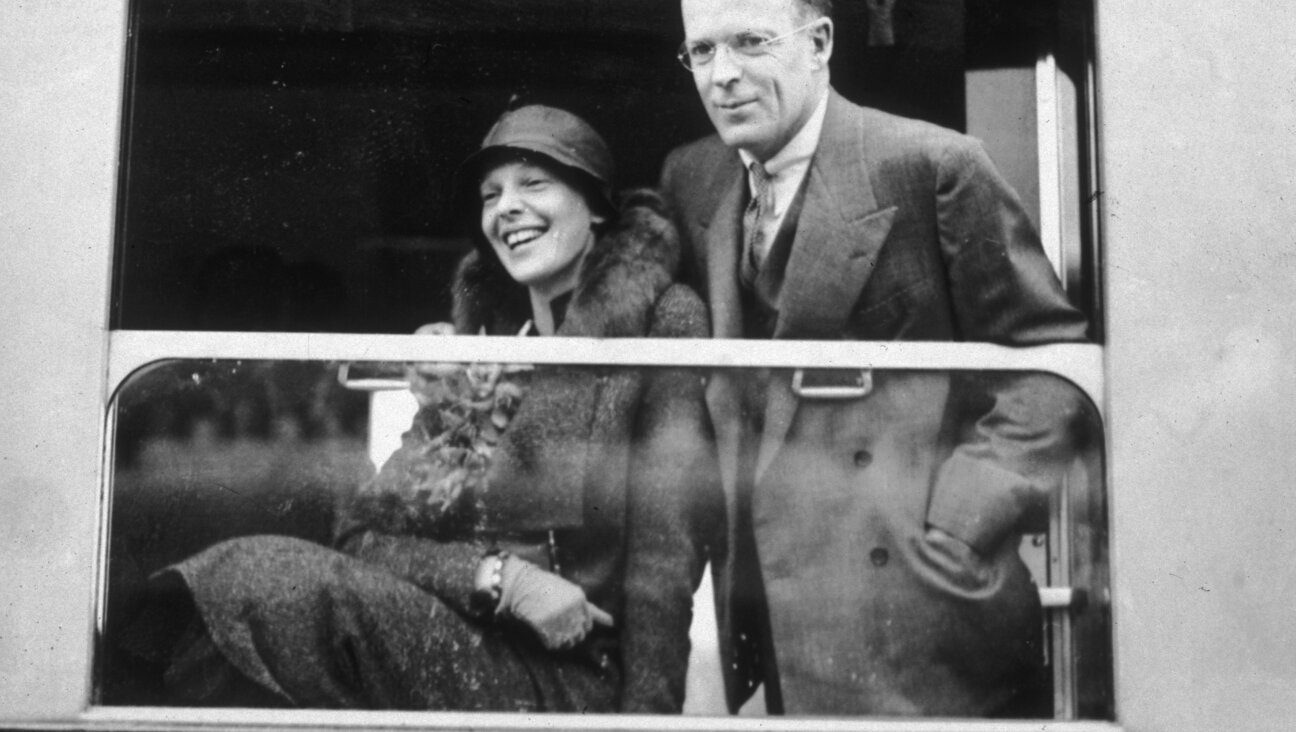Why Dorothy Parker’s ashes were interred at the NAACP headquarters

Dorothy Parker circa 1948. Image by Getty Images/New York Times Co./Contributor
When it came to Dorothy Parker’s ashes, she left no instructions, save an epigrammatic epitaph: “Excuse my dust.”
But in 1988, over 20 years after her death at 73 from a heart attack (following four suicide attempts), the remains of the rapier-witted New York writer who spent so much of her life changing residences, found what looked to be a permanent home: the national headquarters of the N.A.A.C.P. in Baltimore.
But now, with the headquarters slated to move to Washington, D.C. in the coming years, her ashes are in limbo. According to the N.A.A.C.P., whether Parker will make the move to the new base is up to her remaining family members, who are as yet undecided. But how did her ashes get there in the first place?
While Parker didn’t specify where she wanted her “dust” to go, she was very clear in her bequests. In her understated four-page will, she left the bulk of her modest $10,000 estate to Dr. Martin Luther King, Jr. and, in the event of his death, the N.A.A.C.P.
“I am deeply touched and gratified by this experience,” King, who never met Parker, told The Times in 1967. “What impresses and inspires me is that one of America’s most respected and warmly loved women of letters felt so committed to the civil rights movement, that whatever she had she offered to it.”
Parker had no direct descendants, though there is a family plot in Woodlawn Cemetery in the Bronx. Her ashes were deposited at a New York crematory, The New York Times reported. But when Paul O’Dwyer, the lawyer for Lilian Hellman, the playwright and longtime friend whom Parker named as her executor, learned his client was being billed for the storage, O’Dwyer relocated them to his Wall Street office. In a bathetic move Parker might have liked, she was stowed away in a filing cabinet there.
Because of her gift the N.A.A.C.P.’s then executive director Benjamin L. Hooks offered the association’s headquarters as a resting place. In 1988, Hooks and Jewish community leaders in Baltimore announced a memorial garden. The interment of Parker’s urns there was preceded by a one-woman show on Parker’s life and work performed by actor Laurel Ollstein.
“In celebrating Ms. Parker, we proudly celebrate our relationship with the Jewish community, reaffirming our commitment to work hand-in-hand to erase the stain of all forms of racial, religious, sexual and ethnic injustice and intolerance from our society” Hooks said at the announcement.
The N.A.A.C.P. still controls Parker’s literary estate, a canon that includes many trenchant social critiques, notably her 1927 story “Arrangement in Black and White,” which skewers the mannered bigotry of condescending socialites. Hellman actually challenged the association in a legal fight for control of Parker’s work, a row that led to her being denounced as a racist and removed from Parker’s executorship by judge’s orders.
The garden where Parker now rests was designed by Howard Robinson III, then the dean of the Howard University school of architecture. It’s a humble place of reflection situated between the parking lot and the offices of the N.A.A.C.P. along a brick pathway shaded by pine trees.
The path ends in a brick circle, meant to represent the Algonquin Round Table, surrounding a circular plaque. Calling Parker a humorist, writer, critic and champion of civil and human rights, the plaque states the garden is dedicated to her “noble spirit which celebrated the oneness of humankind and to the bonds of everlasting friendship between Black and Jewish people.”
PJ Grisar is the Forward’s culture reporter. He can be reached at [email protected].

















